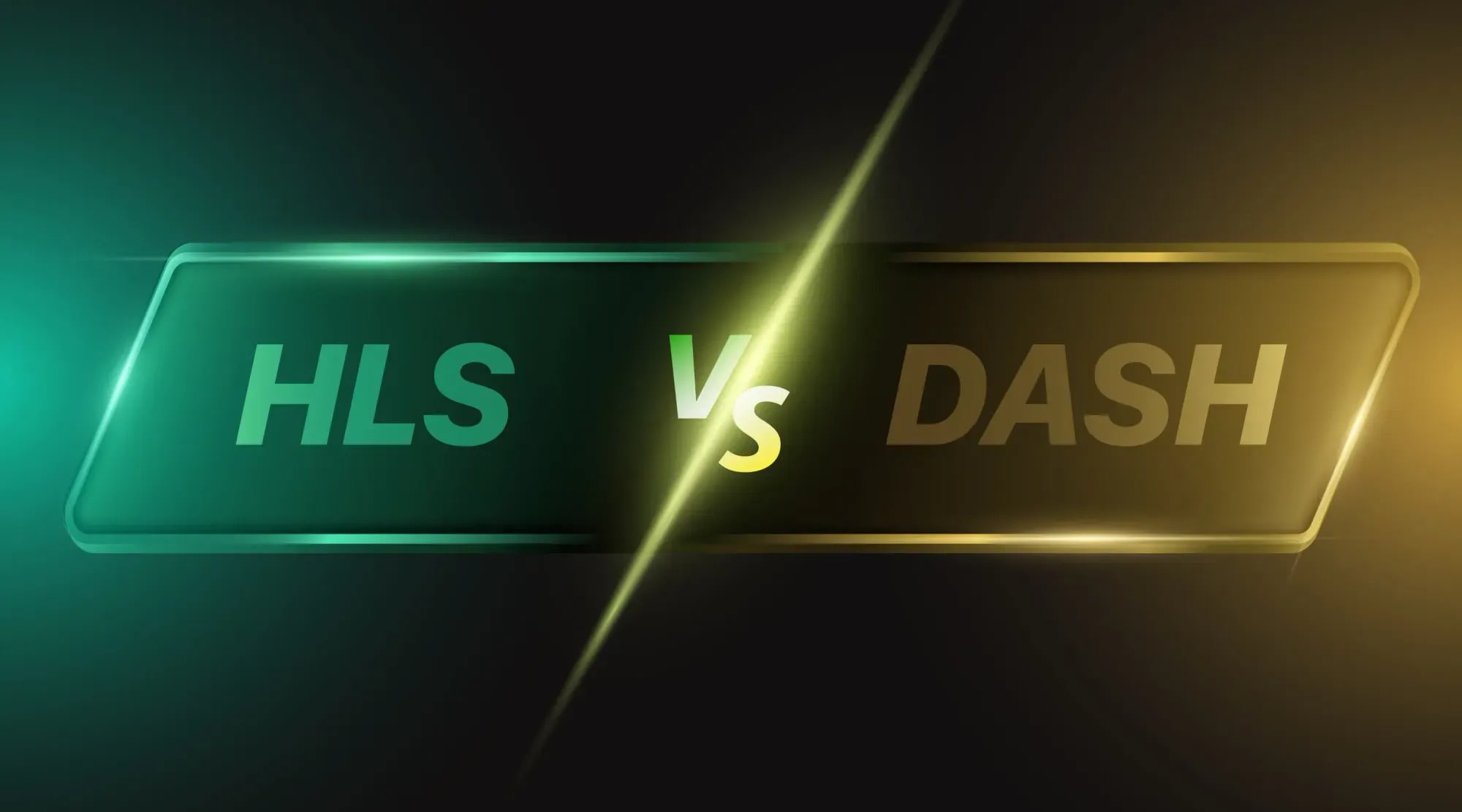When it comes to streaming video over the internet, two common protocols often come up: DASH (Dynamic Adaptive Streaming over HTTP) and HLS (HTTP Live Streaming). These technologies allow users to watch videos without interruptions, even when internet speeds fluctuate. But which one is better? Let's explore the differences and determine which might be the best choice.
What is the Difference Between HLS and DASH?
HLS (HTTP Live Streaming)
- Developed by Apple: HLS was created by Apple and is the default streaming protocol for Apple devices like iPhones, iPads, and Apple TVs.
- Segmented Streaming: HLS breaks down the video into small segments, usually 6 to 10 seconds long. This allows the player to adjust the video quality on-the-fly based on the user's internet connection.
- Widely Supported: Initially designed for Apple devices, HLS has become widely supported across various platforms, including Android and web browsers.
- M3U8 Files: HLS uses M3U8 files, which list the URLs of the video segments.
DASH (Dynamic Adaptive Streaming over HTTP)
- Developed by MPEG: DASH is an open standard developed by the Moving Picture Experts Group (MPEG). It is not tied to any specific company, making it more flexible in some aspects.
- Segmented Streaming: Like HLS, DASH also breaks down the video into smaller segments, allowing for adaptive streaming. However, the segment lengths can vary more than HLS.
- Wider Codec Support: DASH supports a broader range of codecs compared to HLS, which can lead to better compatibility with different devices and networks.
- MPD Files: DASH uses MPD (Media Presentation Description) files to list the segments and their locations.
Which is Better, DASH or HLS?
Determining which protocol is better depends on various factors:
- Compatibility:
- HLS: Best for Apple devices since it is natively supported.
- DASH: More versatile across different devices and platforms.
- Flexibility:
- HLS: While widely supported, it is more restricted in terms of codec support.
- DASH: Offers greater flexibility with codec support, making it suitable for diverse environments.
- Adoption and Standards:
- HLS: Heavily used in the industry due to Apple’s influence.
- DASH: Being an open standard, it is embraced by a wide range of companies and platforms, promoting interoperability.
- Quality of Experience:
- Both: Both HLS and DASH provide adaptive streaming to ensure a smooth viewing experience by adjusting video quality based on network conditions.
- Future-Proofing:
- DASH: As an open standard, DASH is likely to evolve with contributions from the global tech community, possibly offering more advanced features over time.
- HLS: Continues to be updated by Apple and remains highly reliable.
Neither DASH nor HLS can be universally declared as better than the other. If you're targeting Apple users or need a simpler setup, HLS might be the way to go. On the other hand, if you require broader device compatibility and more flexibility with codecs, DASH could be more advantageous. Ultimately, the choice between DASH and HLS should be based on your specific needs, audience, and technical requirements.
















